
June is upon us! Well, almost, anyway. European festival season is about to kick off in a big way and it seems we can barely move for new tour and album announcements. But then, isn’t that just the way we love it?
First, let’s get the results of last week’s vote out the way! It was a diverse showing from across the metal spectrum with metalcore, black metal, hardcore, death metal, punk and more all in the running, but ultimately there could be only one winner. That said, it was a tight finish for third place, with Ukraine’s Death Pill nabbing bronze by just one vote. They were only shortly behind returning death metal troupe Sinsaenum, who announced their first new album since the death of former drummer Joey Jordison. But our overall winner – and with little surprise given just how much of a phenomenon they’ve turned out to be – were Germany’s Electric Callboy. Prost!
This week we’ve got a stacked roster to offer. There’s new music from Babymetal, Halestorm, Lord Of The Lost and Avatar – all previous winners of these weekly polls – as well as fresh cuts from the likes of Urne, Margarita Witch Cult and Calva Louise representing a wonderfully diverse selection of metal brilliance.
As ever, we need you to tell us which song excites you most, so don’t forget to cast your vote in the poll below. And have an excellent weekend!

Halestorm – Everest
Halestorm have a proven track record when it comes to writing massive rock tunes. Even by their lofty standards, Everest feels like a gloriously theatrical and showy tune. With some of the best lead guitar lines you’ll hear this year, the title-track of the band’s new album – due August 8 – has us plenty excited for what Halestorm have in store.
Halestorm – Everest (Official Music Video) – YouTube 
Avatar – Captain Goat
Speaking of theatrical, it seldom gets more outlandish than the harlequin antics of Sweden’s Avatar. Johannes Eckerström and co try their hand at a sea shanty on Captain Goat, the first glimpse of a possible follow-up to 2023’s Dance Devil Dance. Delivered with a sense of bombastic and thumping, steady beat, it’s certainly piqued our curiosity; are they working on a new concept album, a la Avatar Country? We’ll find out in due course, we’re sure.
AVATAR – Captain Goat (Official Music Video) – YouTube 
Heaviest Babymetal song ever? There’s definitely an argument to be made for Song 3, the Japanese metal sensation drafting in deathcore stars Slaughter To Prevail for a track that swings from grunting, stomping death metal to hale, breakout melodies. Much like with their other collabs, Babymetal find ways to strengthen their sound with outside influences whilst not losing their own undeniable uniqueness, and even if Metal Forth is still a way off with an August 8 release date there’s plenty to be excited about – especially with their biggest UK show to date happening tonight (May 30) at The O2.
BABYMETAL x Slaughter To Prevail – Song 3 (OFFICIAL MUSIC VIDEO) – YouTube 
Lord Of The Lost – I Will Die In It
After the colourful flamboyance of Blood And Glitter, Germany’s Lord Of The Lost are back on more familiar footing in the realms of thumping, symphonically-underpinned industrial goth on I Will Die In It. Vocalist Chris Harms’ baritone intonations of “I was not born in love/but I will die in it” offer a bridge between Till Lindemann and Peter Steele, spelling out exciting things for new album Opvs Noir Vol. 1 when it arrives August 8.
LORD OF THE LOST – I Will Die In It (Official Video) | Napalm Records – YouTube 
Margarita Witch Cult – Scream Bloody Murder
There’s plenty of love for Sabbath to be found at the moment as we round in to the final weeks before the big gig. How appropriate then, that Birmingham’s own Sabbath-worshipping doomsters Margarita Witch Cult are rumbling back with Scream Bloody Murder, the first single from their upcoming second album Strung Out In Hell, due July 18. If you can’t get enough of those Iommi style riffs and hooks over a fuzzy bed of dread, MWC are exactly what you need to go into the weekend.
MARGARITA WITCH CULT – Scream Bloody Murder // HEAVY PSYCH SOUNDS Records – YouTube 
Urne – Harken The Waves (ft. Troy Sanders)
Riffs, you say? With their first two albums, Urne showed they’d mastered the art, and now return with a new prog metal flavoured epic in the form of Harken The Waves. Drafting in Mastodon’s Troy Sanders, the nine-and-a-half-minute track feels like another colossal leap forward for the band as they gear up for their third album, crafting something gorgeously expansive, heavy and utterly exhilarating. Set to tour with Orange Goblin on the latter’s farewell tour in December, you’d be mad to miss this.
URNE – Harken The Waves feat. Troy Sanders (Official Visualiser) – YouTube 
The Narrator – Unbind Me
Freshly signed to Nuclear Blast, German metalcore troupe The Narrator have wasted no time in putting out new music. Unbind Me goes big on atmospherics with a sense of scope that betrays some seriously big ambitions, calling to mind the likes of Architects and Bury Tomorrow with clanging riffs and hefty beatdowns. Considering the band only released their debut last year, there’s no word if a follow-up is imminent, but either way it seems they’re setting their sights high.
THE NARRATOR – Unbind Me (OFFICIAL MUSIC VIDEO) – YouTube 
Hanabie – Spicy Queen
Hanabie might be a fresh force this side of the world, but they’ve been building up steam in their native Japan for a decade. To celebrate that fact, the band worked on a counterpoint to their breakthrough track We Love Sweets, a hyperactive, impossible to duplicate blast of riffs, snarls and techno-enhanced guitar tones that lend some real credence to the idea of this being the future of metal.
【花冷え。】 – Spicy Queen – Music Video 【HANABIE.】 – YouTube 
257ers – Unicorns (ft. Electric Callboy)
Electric Callboy might not have announced a follow-up to Tekkno yet, but they’re certainly getting around by this point. After popping up with Babymetal and releasing a new single of their own last week, now they’re featured as guests with German comedy hip-hop duo 257ers. The resulting track – Unicorns – sounds exactly like an EC song should, and comes with a typically brilliant, bonkers video.
257ers feat. Electric Callboy – Unicorns – YouTube 
Stain The Canvas – 554th
Prepare for sonic whiplash. It’s impossible to tell exactly where Italians Stain The Canvas fit in; one minute they’re shrieking, high-speed deathcore style brutes, only to break out into electro rave underpinned metalcore choruses. It’s wild to watch them switching gears so effortlessly across the track, marking them as a band to watch out for going forward.
Stain The Canvas – 554th (Official Lyric Video) – YouTube 
Calva Louise – Impeccable
Calva Louise’s Impeccable might be the danciest metal tune since Rob Zombie’s Living Dead Girl. Lofty praise, but well earned by the UK-based group who blend styles together with impressive panache, swinging from howling metalcore to twinkling dancefloor fillers with ease. Though Impeccable fits squarely in the latter category, there’s so many different facets to new album Edge Of The Abyss that you’re sure to find something to tickle your fancy.
Calva Louise – IMPECCABLE – YouTube 
Flesh Parade – Repercussions
NOLA grindcore with added spice, Flesh Parade’s Repercussions is all fangs and rabid nastiness. From its sludgy, lurching bass to the high-speed, punkish breakouts, it’s pure underground filth – glorious and ‘orrible in equal measure.
FLESH PARADE – “Repercussions” – YouTube 


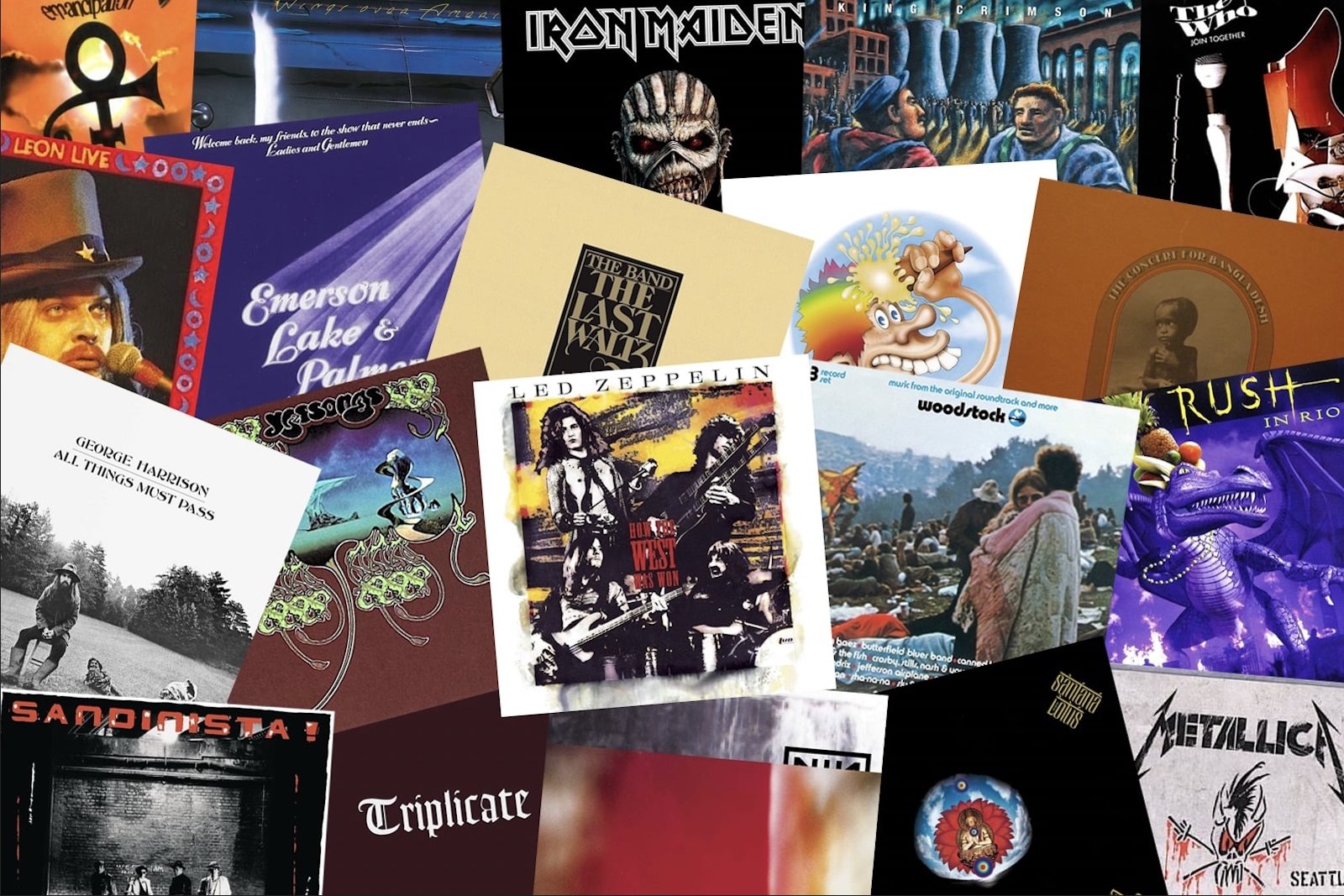


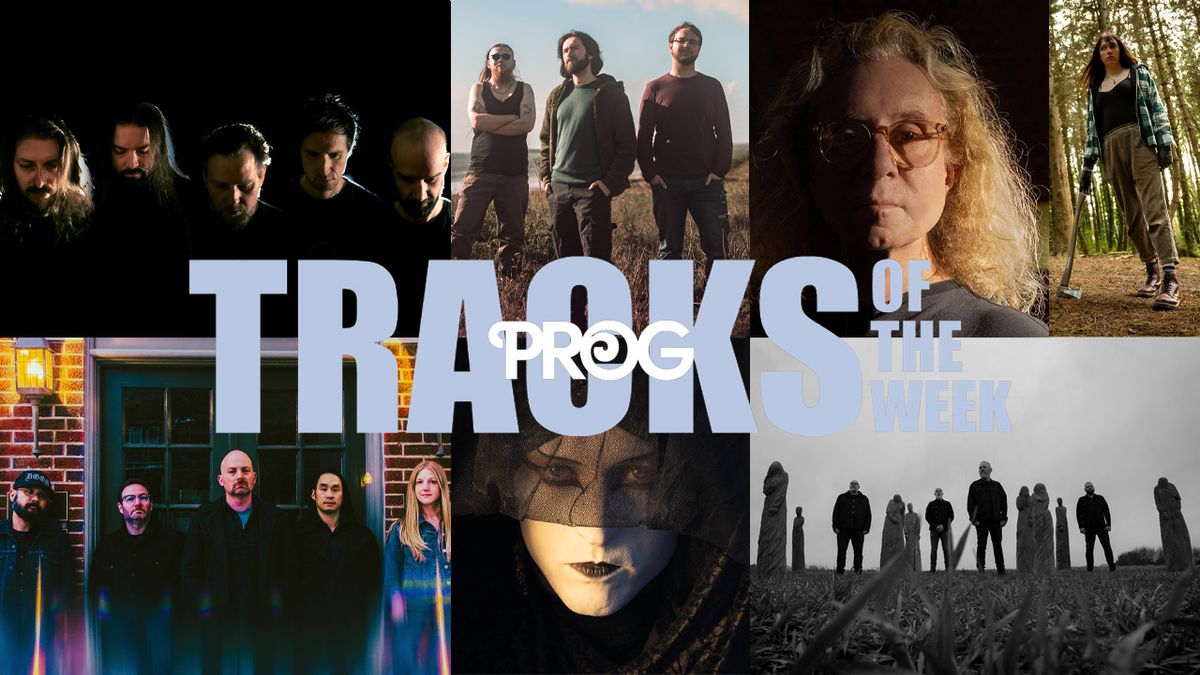
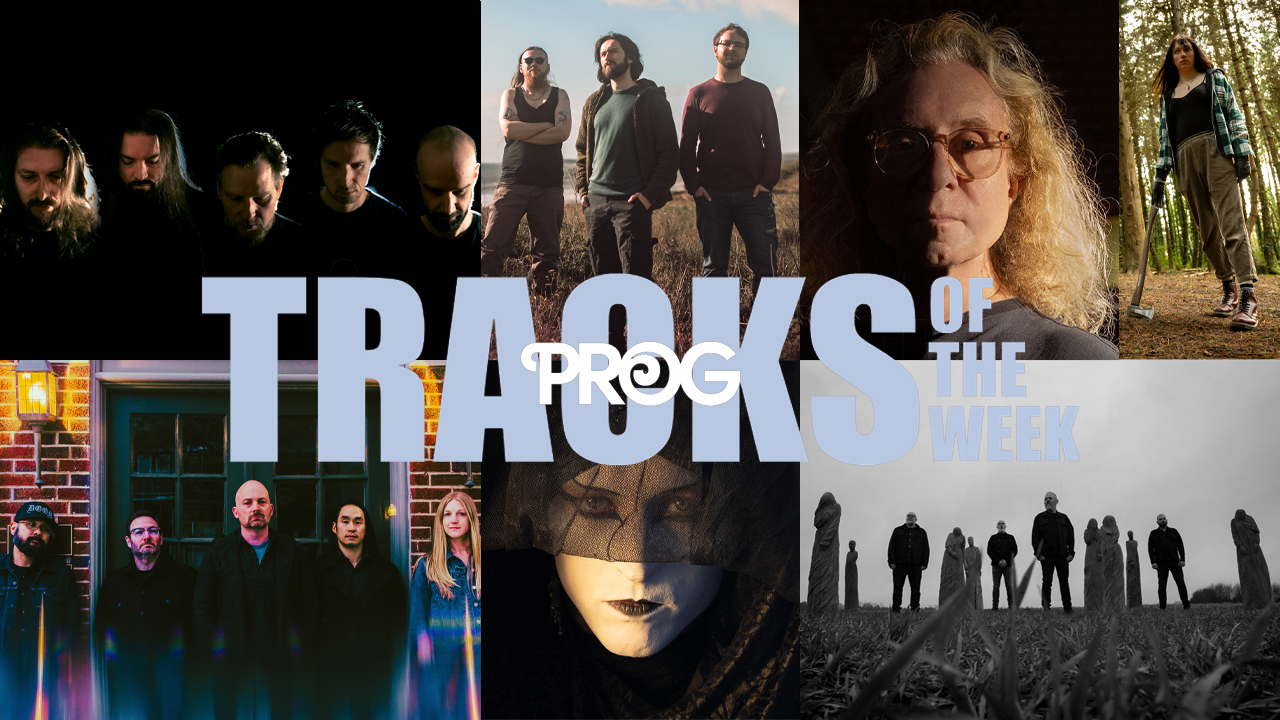







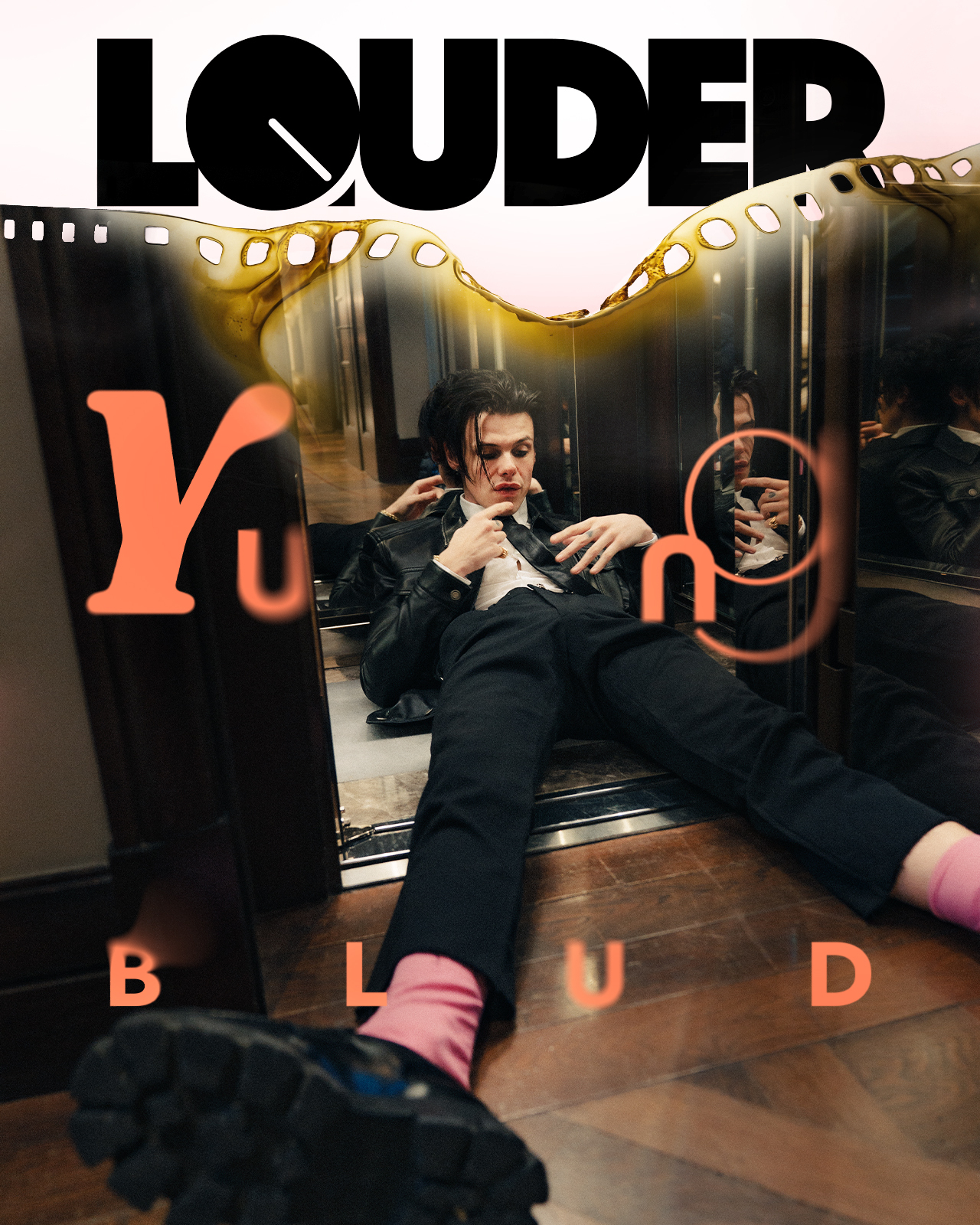


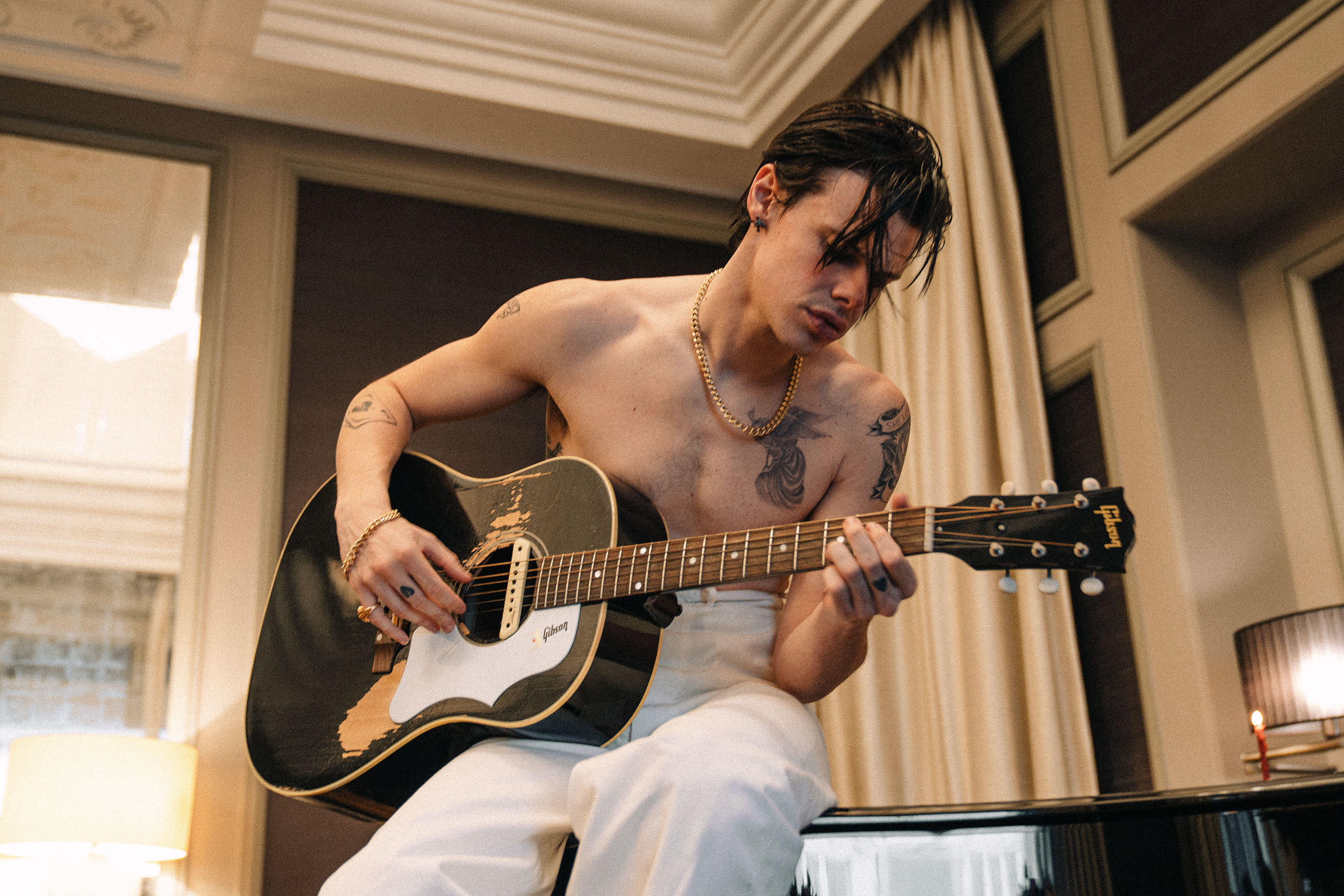


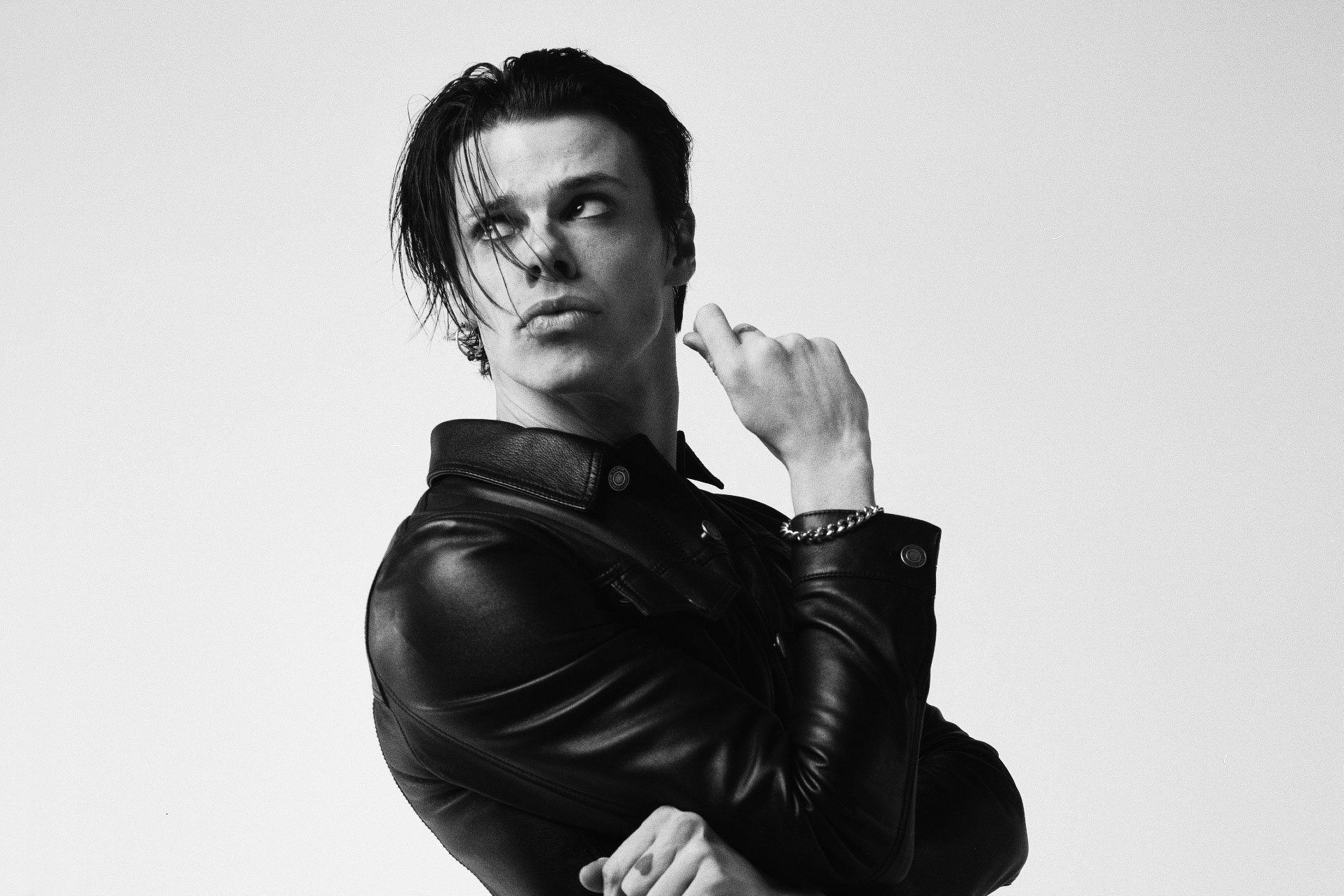



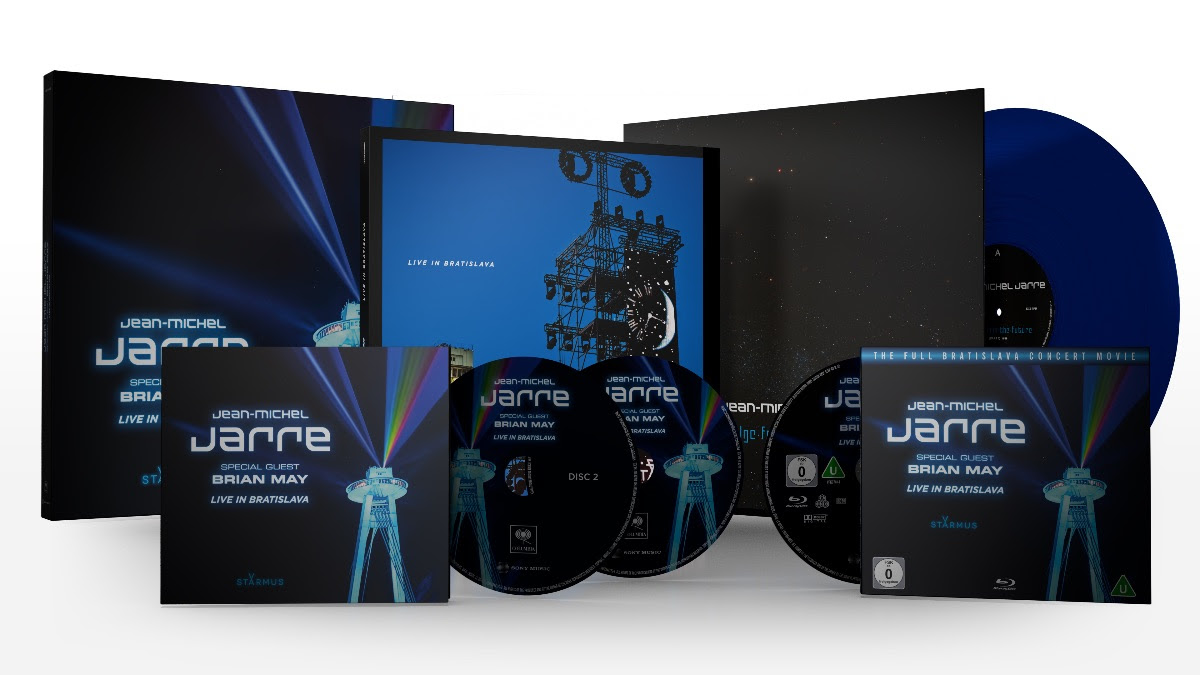


![30 Seconds To Mars[2 LP]](https://m.media-amazon.com/images/I/41XE46iDD5L._SL500_.jpg)
![A Beautiful Lie[LP]](https://m.media-amazon.com/images/I/31D7HycAHZL._SL500_.jpg)
![This Is War [Vinyl]](https://m.media-amazon.com/images/I/51uJHwVVRkL._SL500_.jpg)
![Thirty Seconds To Mars - Love Lust Faith + Dreams [Japan CD] UICO-1256](https://m.media-amazon.com/images/I/41tPW3whmfL._SL500_.jpg)






![The Woman In Me [Diamond Edition] [Super Deluxe 3 CD]](https://m.media-amazon.com/images/I/51BqW2jqMSL._SL500_.jpg)









